Fleshy
It's not easy to love those flowerpots or have more rotten meat. It's probably not easy to love those flowerpots or have more rotten meat. It's just that they have more rotten meat for themselves! However, as long as your soil preparation is appropriate, it is difficult for rotten roots to appear
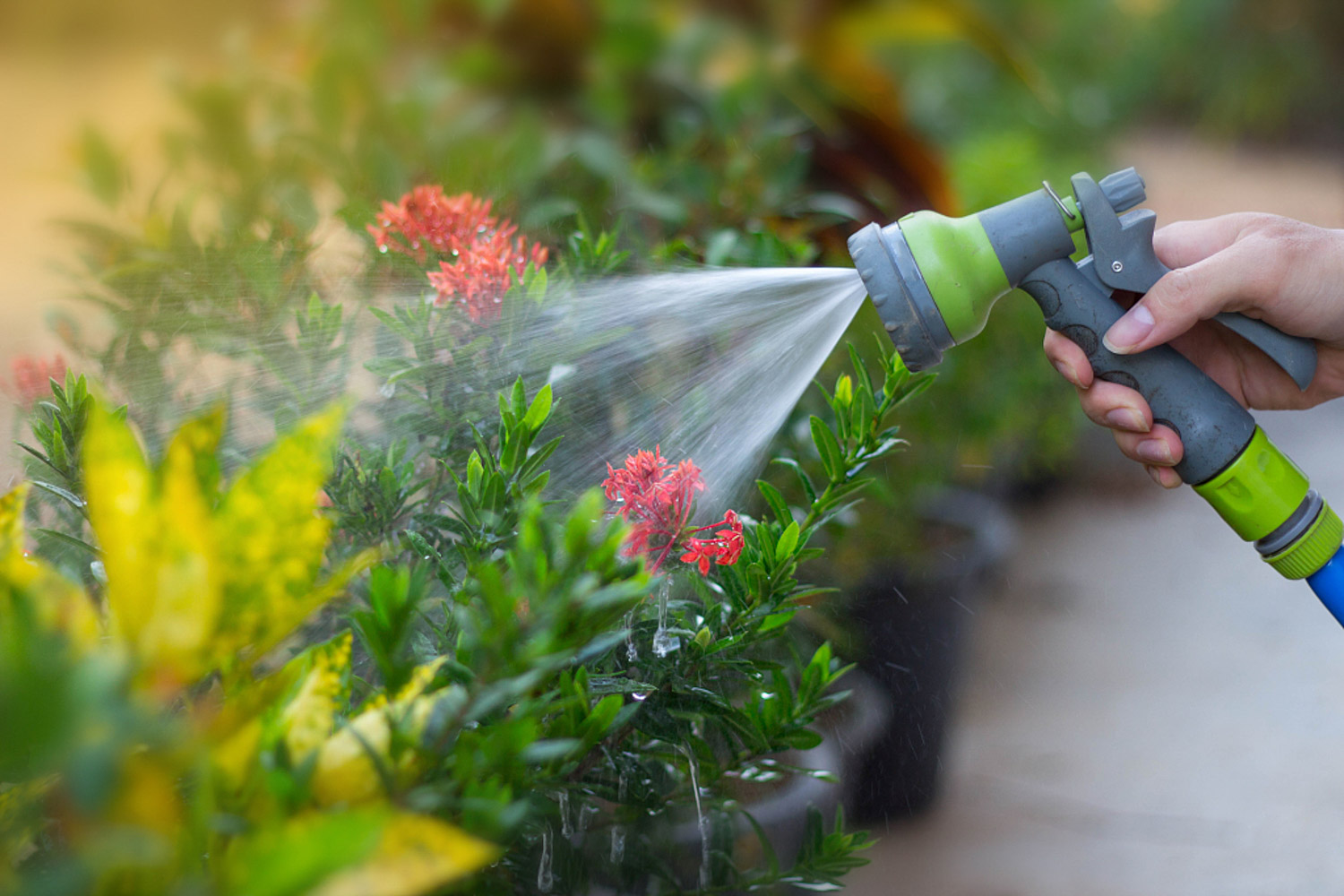
For general high and low flowerpots, it is suggested that the soil mixing ratio you can use is:
Hematite particle size mixture, Luzhao soil, river sand, Maifan stone, volcanic rock... (80%)
Rice ash (10%)
Peat (7%)
Granular fertilizer (2%)
Rooting powder and carbendazim (1%)
If the flowerpot is relatively high and deep, first lay a layer of ceramsite at the bottom of the flowerpot
A layer of mixed granular soil is paved on it
The top is the succulent soil
In this way, it can maintain air permeability to the greatest extent, and the water is not easy to accumulate
As shown in the figure below
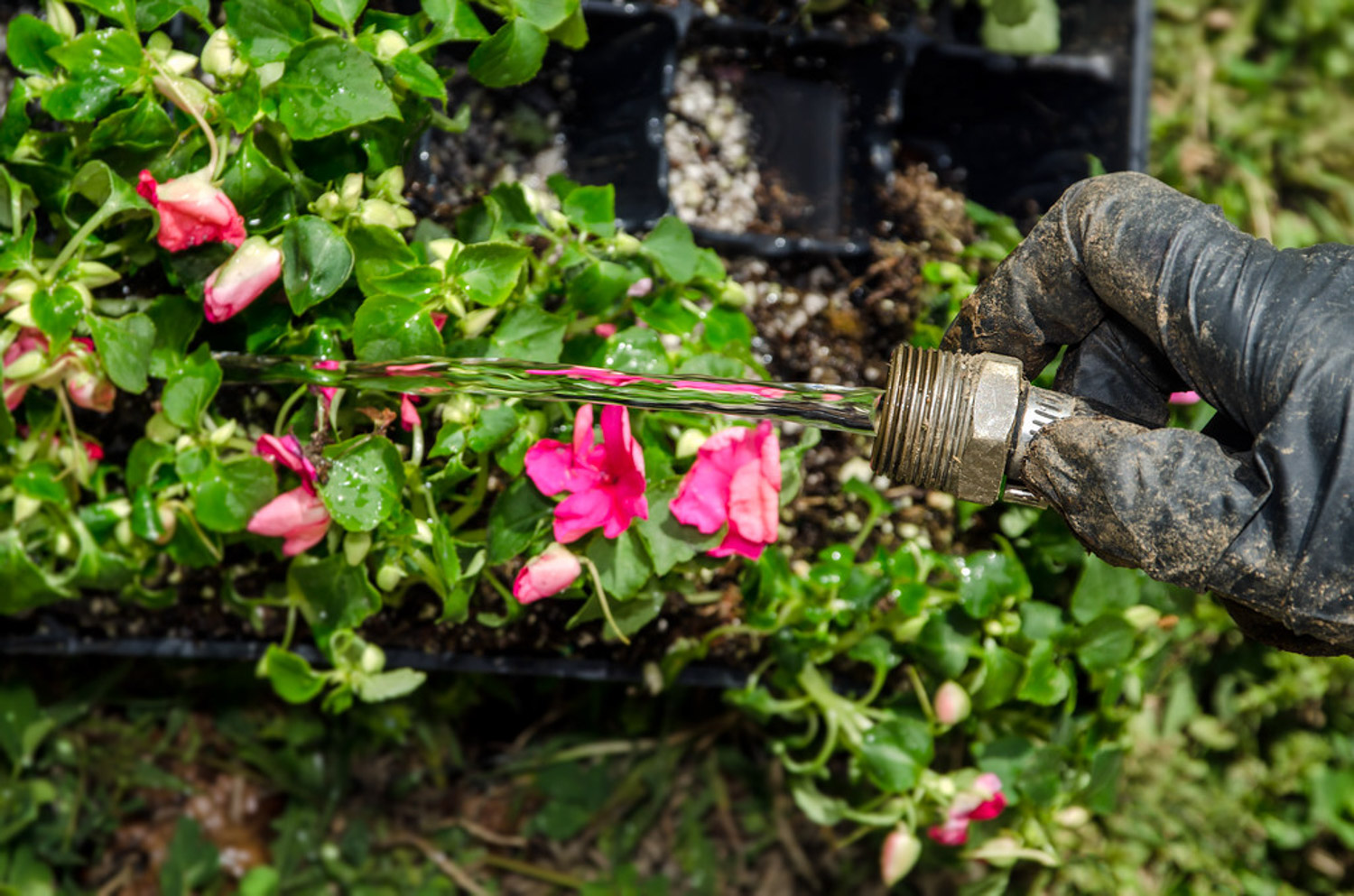
Chlorophytum
Chlorophytum is a relatively easy plant to feed, but there are always some flower friends who will feed Chlorophytum to death, either by drying or watering... Huahua should say that the soil configuration is loose and breathable, and the poured water will flow down the gap. Don't worry about the rotten roots of Chlorophytum
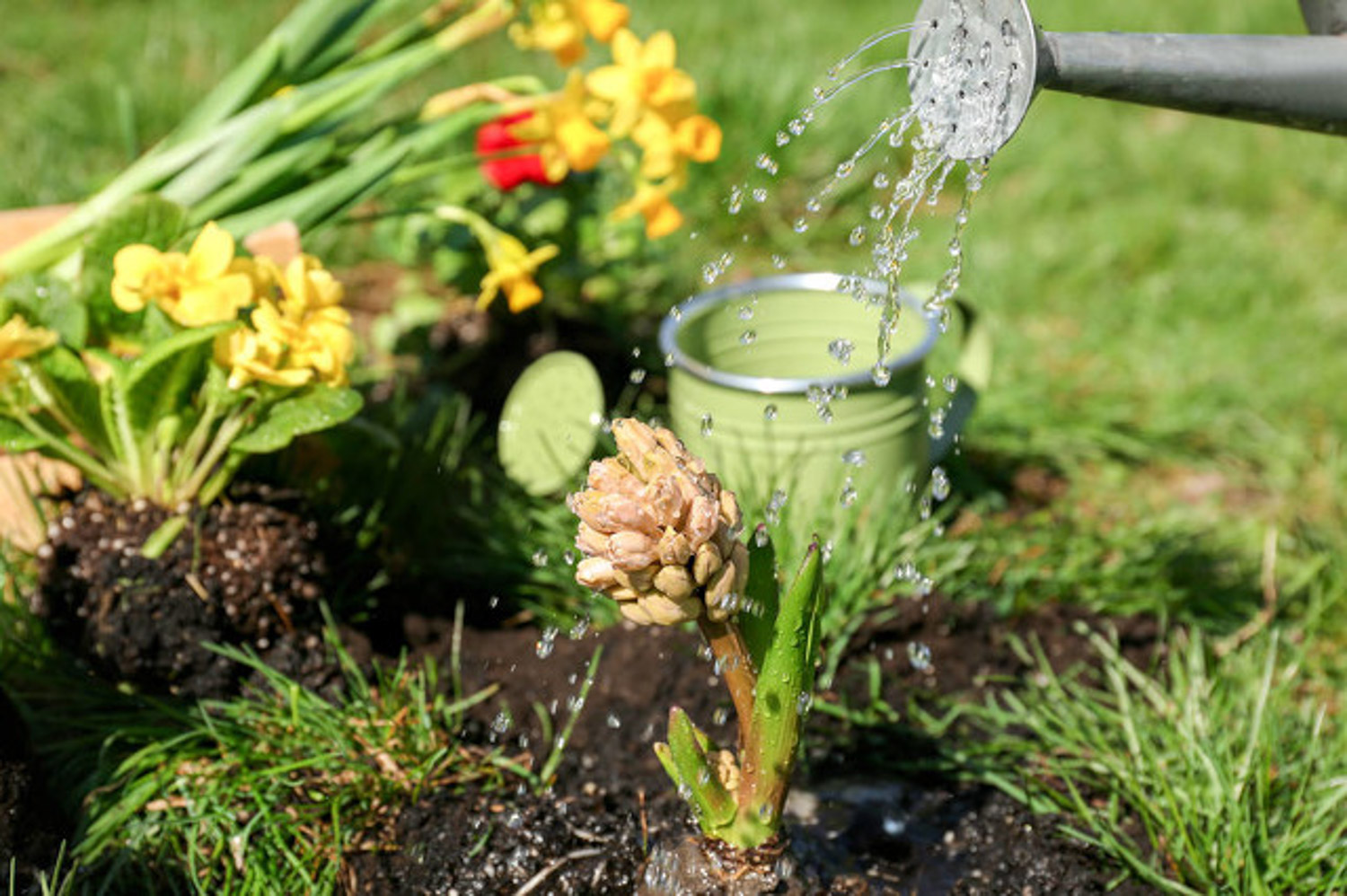
Huahua suggested that the bottom of the flowerpot be covered with broken tiles, stones, cinders and other large particles
It is covered with a layer of river sand, which can be used at the construction site
The top layer is covered with nutrient soil. Humus soil can be selected as nutrient soil, or humus soil can be mixed with peat soil
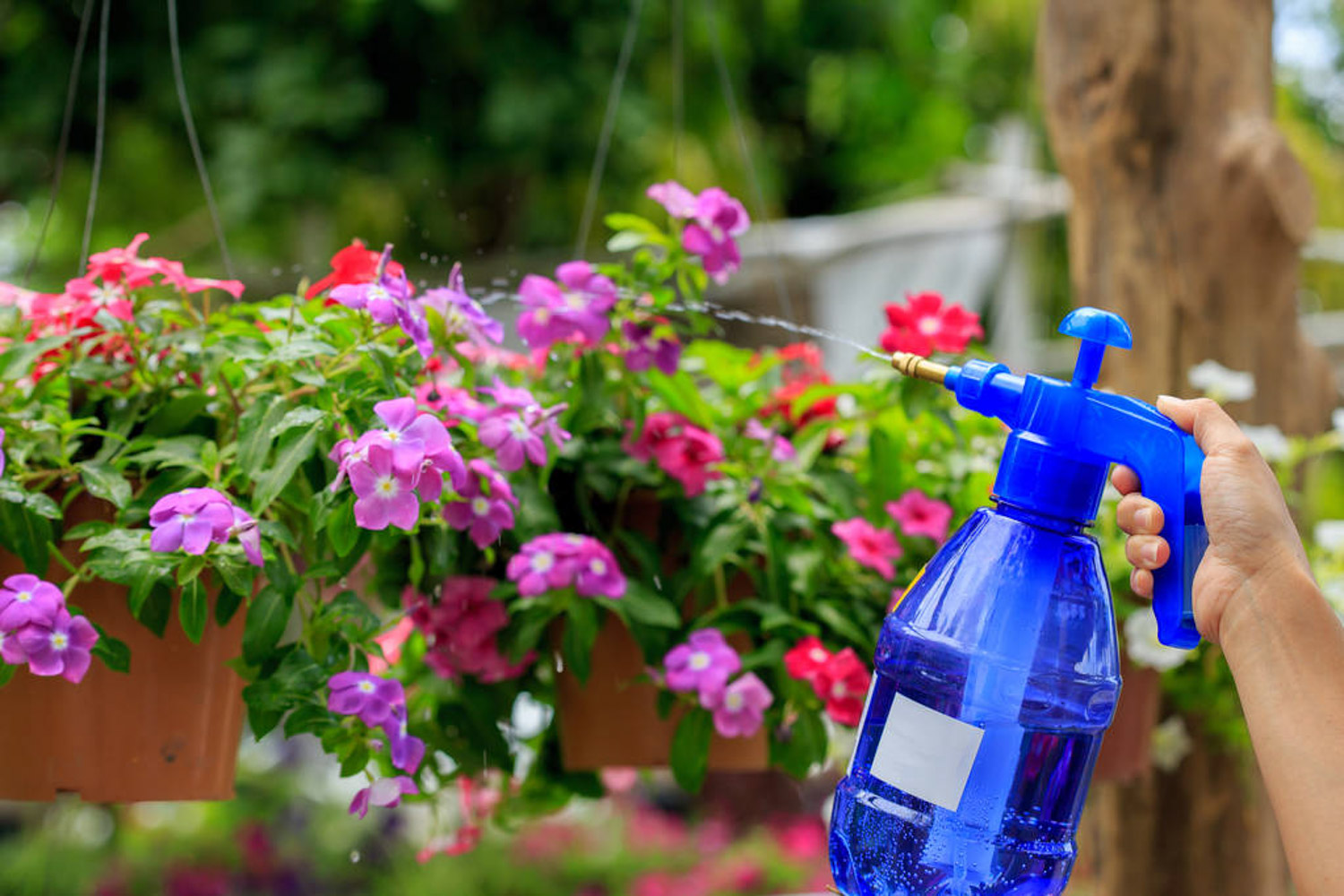
(author: band aid source: huitu.com)
Fortune tree
Many people say it's easy to raise a fortune tree, and many people say it's difficult to raise it. They always die... Huahua wants to say that many of the causes of death of fortune trees are excessive watering... Therefore, in addition to watering, loose and breathable soil is the top priority
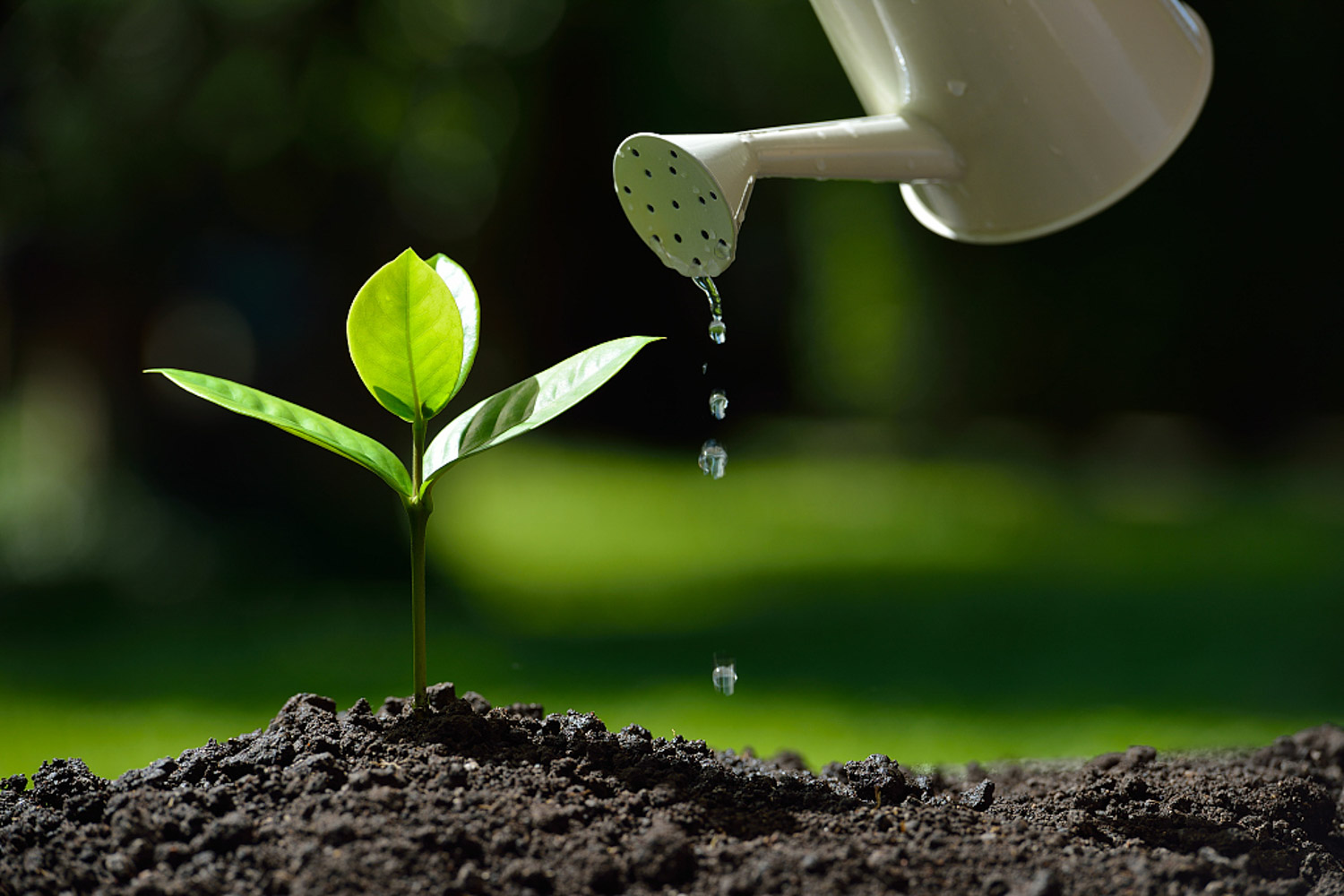
The soil preparation of fortune tree is generally made up of humus soil, garden soil, peat soil + sand + organic fertilizer in the proportion of 7:2:1
Put a tile on the water outlet under the fortune tree to prevent the soil from blocking the water outlet
Then put a layer of ceramsite or other large stones on it
The top layer is the configured nutrient soil
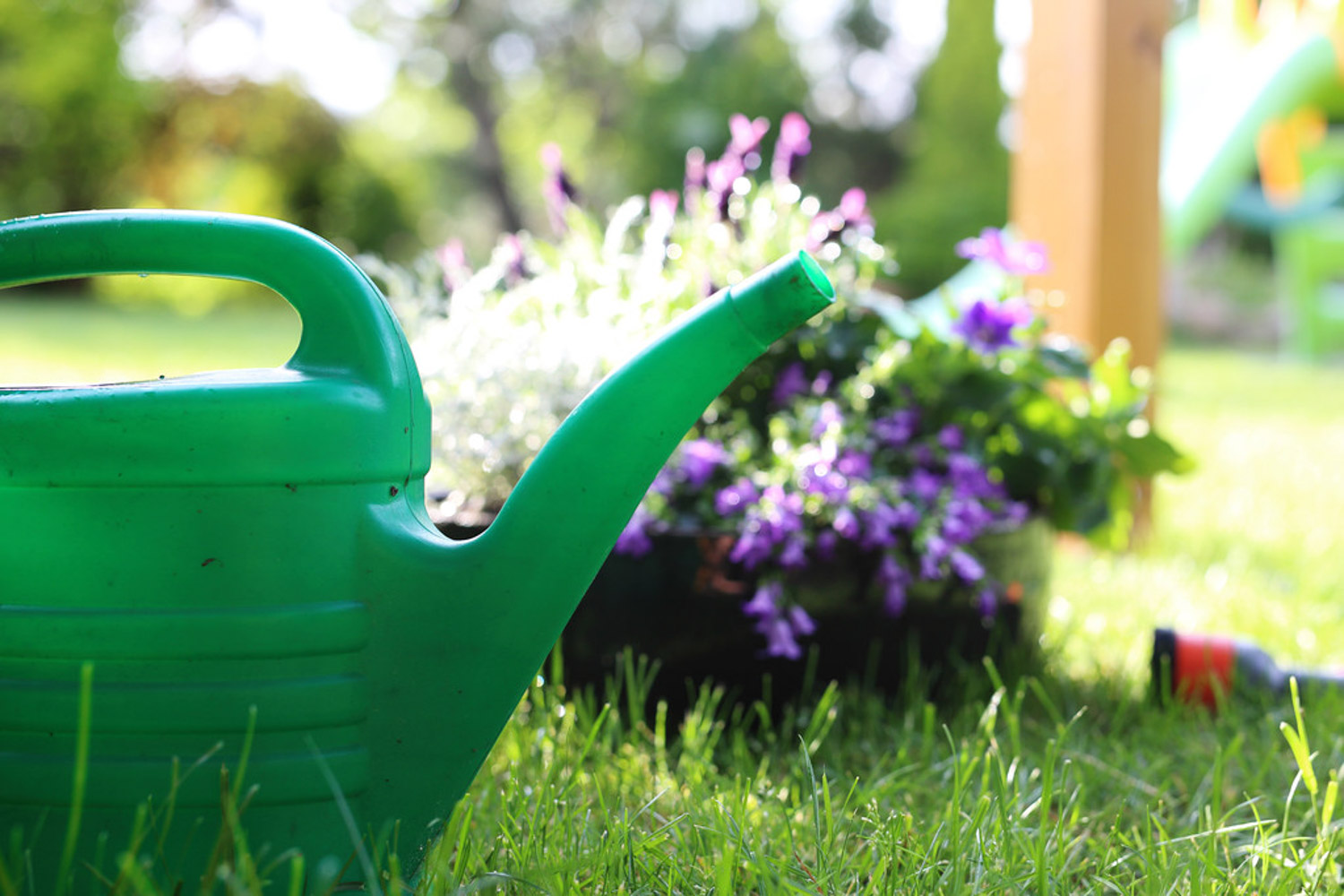
(source: huicong.com)
Clivia
Clivia is a fleshy root, which has a high probability of rotten root. In order to avoid rotten root, we must first strangle the source of rotten root, that is, soil

(author: zgyt2012; source: Northern Clivia bar)
Rotten leaf soil 70% and river sand 30%, which is the simplest and most commonly used preparation method of Clivia nutrient soil
A small amount of fried plain sunflower seeds can be used as base fertilizer
At the bottom layer, you can buy less charcoal and break it into soybean sized particles to keep water and ventilation
It is covered with prepared nutrient soil

(author: 12K Clivia JQ; source: Clivia bar)
Orchid
Orchid is also one of the plants with rotten roots. Orchid itself grows in the riverbank and likes the humid environment, but it is very afraid of ponding. It can be said that if the soil of orchid is configured well, orchid cultivation is half successful

(author: Overseas fisherman, source: Hongdong China)
The bottom of the flowerpot shall be padded with tiles, and the height shall be determined by the depth of the flowerpot. The depth of the flowerpot is the height of the tiles
Then add orchid nutrient soil on the tiles. The nutrient soil of orchid, family rotten leaf soil and perlite are configured in the ratio of 1:1. For more complex ones, it can be configured with 1 part rotten leaf soil + 1 part perlite + 1 part snake sawdust + 1 part pond cornerstone + 1 part fairy soil + half coconut bran

(author happy photography Hz source: Ranger photography network)
So
The permeability of the bottom plant material is very important~
(Note: the pictures come from the Internet and the copyright belongs to the original author. Due to restrictions, some pictures cannot be found and the author has not been marked. If your rights and interests are infringed, please contact Huahua wechat qdxixi or qq1273160598 for deletion or copyright payment.)< span>

 how many times do yo...
how many times do yo... how many planted tre...
how many planted tre... how many pine trees ...
how many pine trees ... how many pecan trees...
how many pecan trees... how many plants comp...
how many plants comp... how many plants can ...
how many plants can ... how many plants and ...
how many plants and ... how many pepper plan...
how many pepper plan...





























